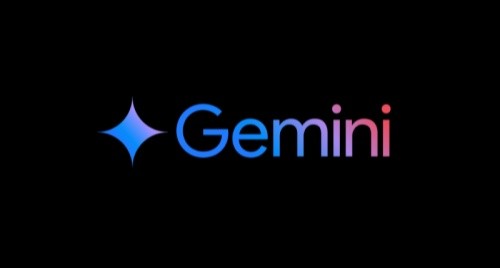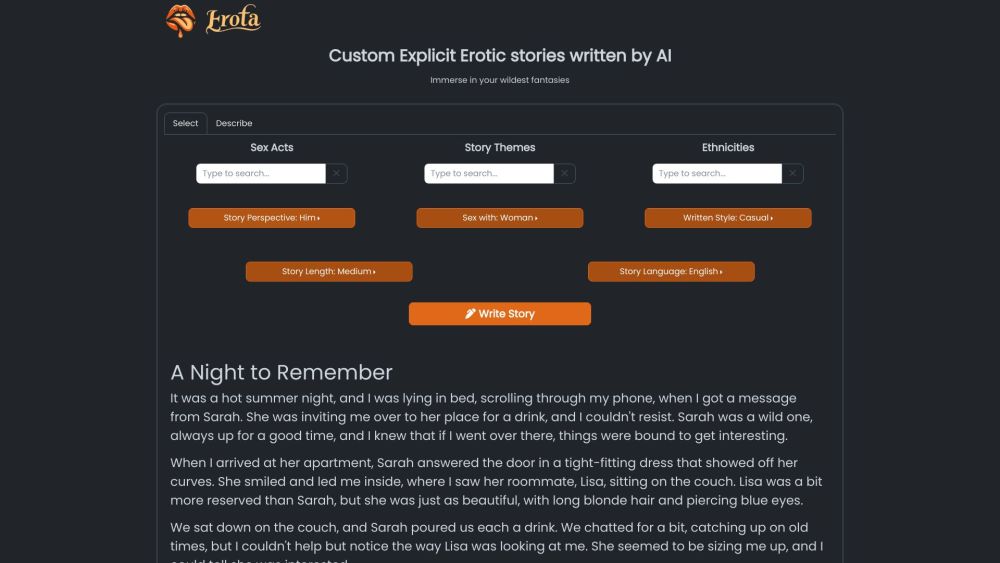
What is the allenai tulu 3 sft olmo 2 mixture data set?
The allenai tulu 3 sft olmo 2 mixture data set is a large multilingual collection of text samples used for training and fine-tuning language models. It provides researchers and developers with diverse linguistic resources to enhance the performance of multilingual AI models.
Who can use this data set?
This data set is ideal for researchers, developers, and educators in the field of natural language processing. They can use it to train and test multilingual AI models, improving their performance across different languages and cultural contexts.
How can this data set be used?
Researchers can use it to train an AI model that understands and generates text in multiple languages.
Developers can use it to optimize chatbots for better service to multilingual users.
Educational institutions can incorporate it into curricula to teach students about working with large language datasets.
What are the key features of this data set?
It includes 939,344 samples covering various languages and tasks.
Data comes from multiple sources like CoCoNot, FLAN v2, No Robots, etc.
Suitable for training and fine-tuning language models, especially in multilingual settings.
Includes standard fields such as id, messages, source, and more.
Supports research and educational purposes and complies with Ai2’s responsible use guidelines.
Provides output data generated by third-party models, subject to separate terms.
Available on Hugging Face for direct access and use.
How do you use this data set?
1. Visit the Hugging Face platform and search for the allenai tulu 3 sft olmo 2 mixture dataset.
2. Read the dataset description and usage license to ensure compliance with your goals.
3. Download the dataset, choosing all or part based on your needs.
4. Train or fine-tune language models using the dataset and observe their performance on various language tasks.
5. Analyze model outputs and adjust parameters to optimize performance.
6. Apply the model in educational or research settings to solve real-world problems or develop new hypotheses.
7. Use the dataset responsibly according to Ai2’s guidelines.







